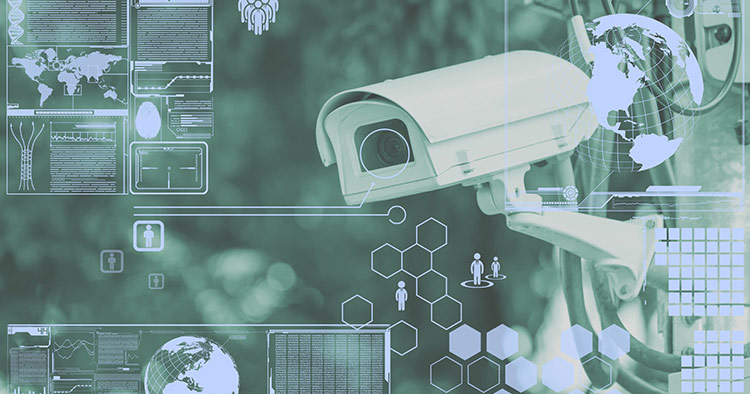Explained - the CCTV Code of Practice
Explained - the CCTV Code of Practice
Source: Information Commissioner's Office

Most CCTV systems now are required by the Data Protection Act to be registered with the Information Commissioner's Office (ICO). In the past 20 years, CCTV has gone from being magnetic tape footage that would be wiped over and then degrade over time to digital footage that could be stored in bulk and potentially for eternity. This change brought about the need for the CCTV Code of Practice to provide some guidance as to what should be considered in the planning of a new CCTV system and adhered to in its operation.
The most important point to remember is that your CCTV recordings are ...
...securely stored, where only a limited number of authorised persons may have access to them.
Here are the 12 key points to check...
- Use of a surveillance camera system must always be for a specified purpose which is in pursuit of a legitimate aim and necessary to meet an identified pressing need.
- The use of a surveillance camera system must take into account its effect on individuals and their privacy, with regular reviews to ensure its use remains justified.
- There must be as much transparency in the use of a surveillance camera system as possible, including a published contact point for access to information and complaints.
- There must be clear responsibility and accountability for all surveillance camera system activities including images and information collected, held and used..
- Clear rules, policies and procedures must be in place before a surveillance camera system is used, and these must be communicated to all who need to comply with them.
- No more images and information should be stored than that which is strictly required for the stated purpose of a surveillance camera system, and such images and information should be deleted once their purposes have been discharged.
- Access to retained images and information should be restricted and there must be clearly defined rules on who can gain access and for what purpose such access is granted; the disclosure of images and information should only take place when it is necessary for such a purpose or for law enforcement purposes.
- Surveillance camera system operators should consider any approved operational, technical and competency standards relevant to a system and its purpose and work to meet and maintain those standards.
- Surveillance camera system images and information should be subject to appropriate security measures to safeguard against unauthorised access and use.
- There should be effective review and audit mechanisms to ensure legal requirements, policies and standards are complied with in practice, and regular reports should be published.
- When the use of a surveillance camera system is in pursuit of a legitimate aim, and there is a pressing need for its use, it should then be used in the most effective way to support public safety and law enforcement with the aim of processing images and information of evidential value.
- Any information used to support a surveillance camera system which compares against a reference database for matching purposes should be accurate and kept up to date.
Source: Information Commissioner's Office
Article Posted: 18/09/2019 10:32:39
